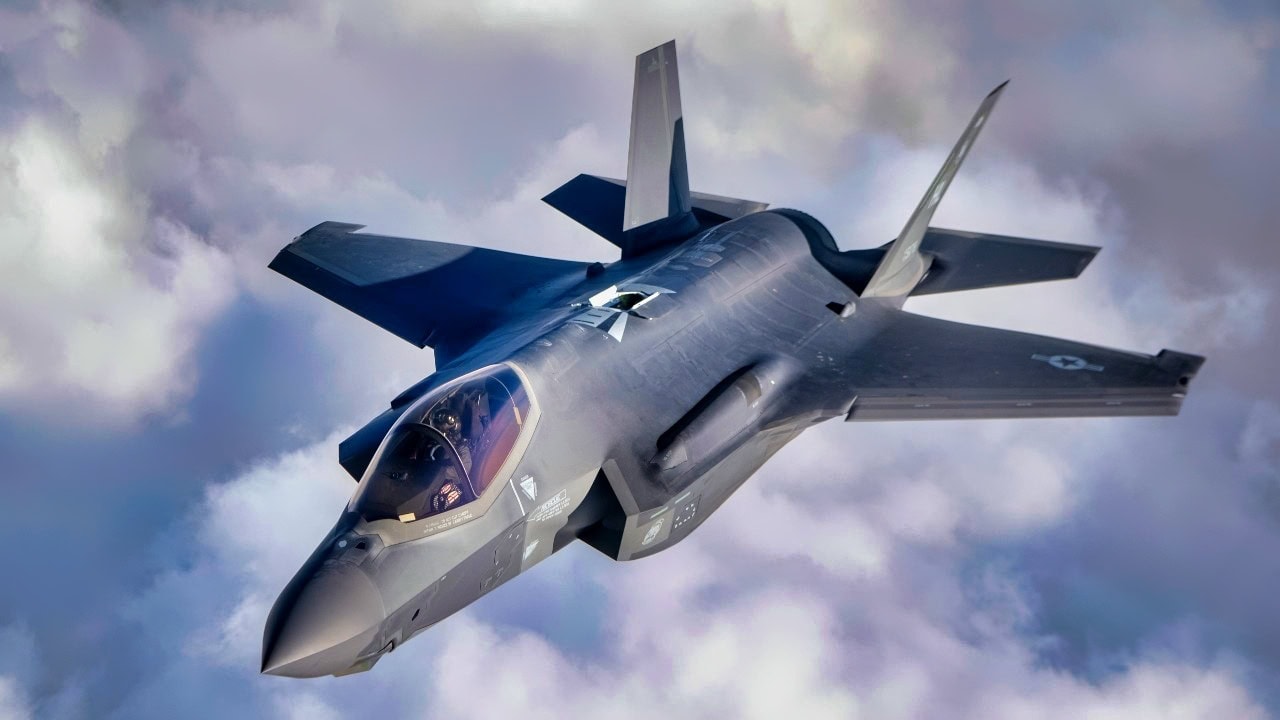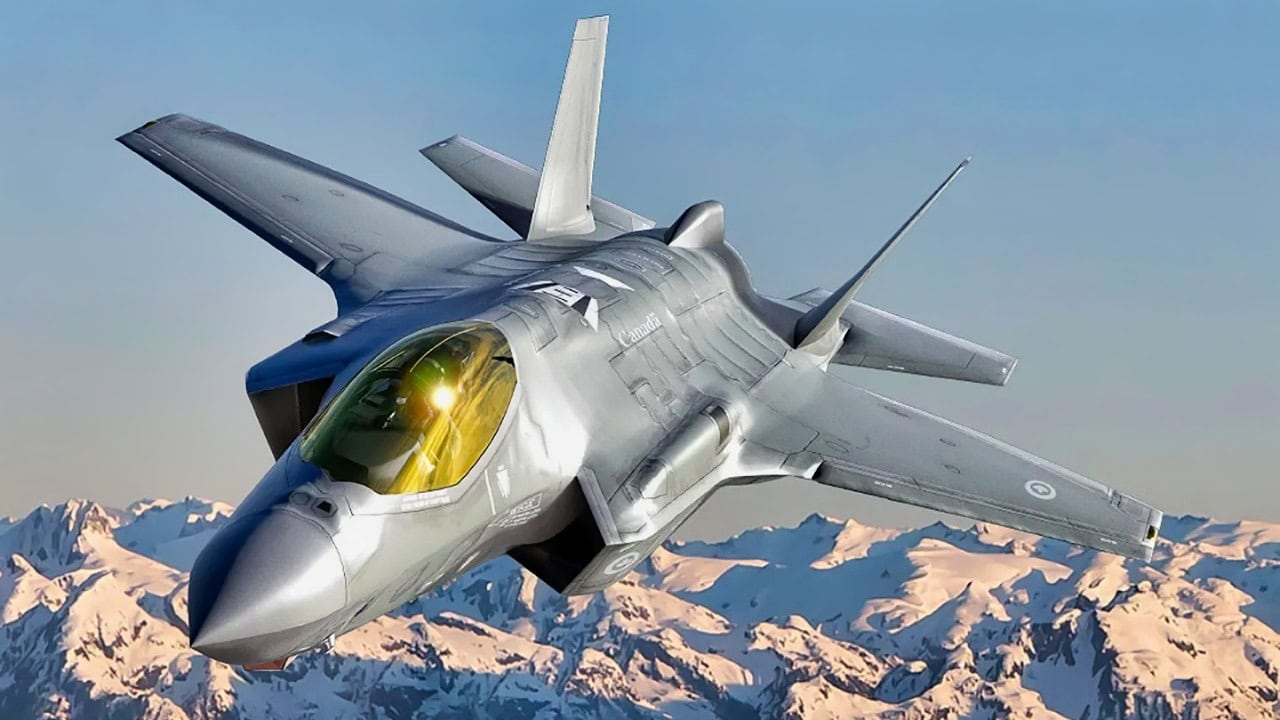Canada’s military is struggling. Its hardware is outdated. Its navy is small and mostly hobbled, with four aging submarines that cannot patrol the Arctic effectively. Its army suffers from a lack of funding, and its air force is a laggard. Political leadership and national willpower to improve the situation are lacking. The nation spends less than 2 percent of GDP on its military. For all of these reasons, it may be unlikely that the Canadian military will buy 88 F-35 Lightning II stealth fighter jets from the United States as is currently planned.
F-35: Is This Worth $70 Billion?
The proposed purchase is for $70 billion. That seems out of character for a country not known for its defense forces. Canada lacks the broad public support needed for significant expenditures on prestige projects such as the F-35. Further, this is a large number of airplanes, and Canada may not have the wherewithal to train new pilots and ground crews to effectively fly the Joint Strike Fighter.
However, the Canadian air force needs a shot in the arm. Canada is a huge country with long borders and difficult weather. Many countries have designs on the Arctic, and Canada needs a fleet of stealth fighters: for defensive purposes to patrol the homeland, and for offensive reasons as well—to hunt and kill enemy airplanes should it be necessary.
But does the country need more than 80 F-35s? One squadron would seem to be enough—this would cost less money and less political capital. A smaller F-35 acquisition would free up funds to boost other military needs, such as the effort to buy 12 new submarines to replace Canada’s four obsolete Victoria-class boats.
How Does This Fit Into Broader Military Strategy?
Before making such a large purchase of stealth fighters, the Canadians need to figure out their defense strategy. What are the objectives and goals of its military? Should it focus only on defense of its borders, or should it strive to be an expeditionary force that can deploy to foreign lands to support NATO missions?
To answer these questions, the Justin Trudeau-led government created a military policy document in 2024. Under the title “Our North, Strong and Free: A Renewed Vision for Canada’s Defense,” the document created a strategy for the 2030s and beyond.
“Together with our Arctic allies, we are responsible for the defence of NATO’s northern boundaries. When Canada is secure in North America, the Canadian Armed Forces can also deploy forces abroad quickly and decisively, without exposing Canada or Canadians to threats or retaliation. Canadian and North American security reduces the ability of authoritarian powers to dictate the terms of our foreign and defence policies. It keeps Canada ready to assist our allies in deterring conflict in the Euro-Atlantic and Indo-Pacific regions,” the document stated.
There you have it. Canada does want to project power around the world and is not content simply to protect its borders. To do that, it would need a good number of modern stealth fighter jets.
Canada Is Sticking With Its Purchase
The envisioned strategy calls for 88 F-35s, and Canada is sticking with that goal, at least for as long as Trudeau is prime minister. The policy document also examines new threats, such as drones and hypersonic missiles, that could harass Canada.
But the air force must depend on its aging fleet of CF-18 Hornets until the F-35s come online in 2029. Some of the Hornets are past their retirement date but remain on active duty.
The F-35 purchase has been hampered by bureaucratic hangups in the Ministry of Defense. Canada has a limited defense budget, and the F-35 purchase would be hard to explain to the general public, which is not used to seeing its pilots fly in foreign lands.
The F-35 fits the bill as an aircraft designed to fly in inclement weather, perform air policing, and collect intelligence, surveillance, and reconnaissance data. It just seems like the price of 88 F-35s is too high when hardware must also be purchased for the nation’s other military services.
The United States Is Now Unpopular
One other problem is political.
The United States, due to its tariff policies, and its president’s suggestions of making Canada the “51st state,” has created resentment and ridicule up north. The United States would have to control the software and updates on the F-35, and if relations continue to sour, the Canadian military may decide that it doesn’t want to cooperate with the Americans on the platform.
This could create more delays and ruin the “fighter plane diplomacy” efforts with Canada that have been so successful for the United States in other countries.

A U.S. Air Force F-35 Lightning II flies over the U.S. Central Command area of responsibility, July 15, 2020. The F-35 Lightning II is an agile, versatile, high-performance, multirole fighter that combines stealth, sensor fusion and unprecedented situational awareness. (U.S. Air Force photo by Airman 1st Class Duncan C. Bevan)
It would be a surprise if Canada purchased the full batch of 88 airplanes. The political will is not there. Defense policy will change with a different prime minister after elections are held.
The desire to buy the F-35 may fade, or disappear entirely. The deal is too expensive, and funds must be left to rejuvenate other service branches. Canada’s military bureaucracy does not lend itself well to large military purchases. Canada might end up buying only a handful of F-35s.
About the Author: Dr. Brent M. Eastwood
Brent M. Eastwood, PhD is the author of Don’t Turn Your Back On the World: a Conservative Foreign Policy and Humans, Machines, and Data: Future Trends in Warfare plus two other books. Brent was the founder and CEO of a tech firm that predicted world events using artificial intelligence. He served as a legislative fellow for U.S. Senator Tim Scott and advised the senator on defense and foreign policy issues. He has taught at American University, George Washington University, and George Mason University. Brent is a former U.S. Army Infantry officer. He can be followed on X @BMEastwood.

